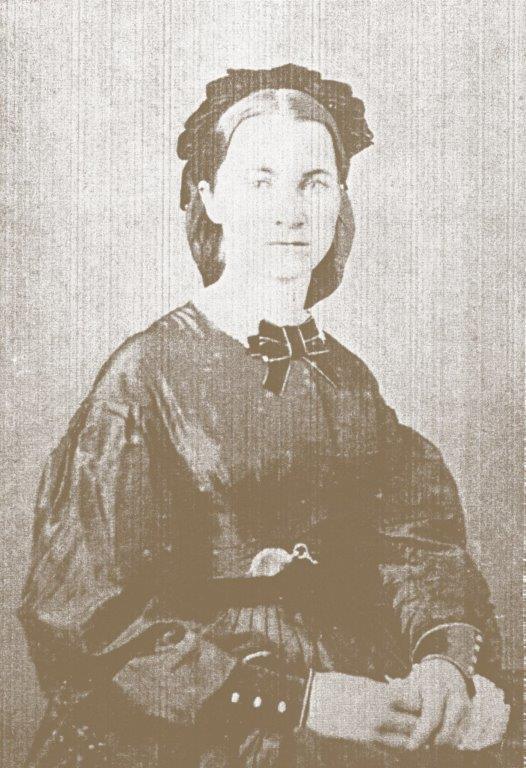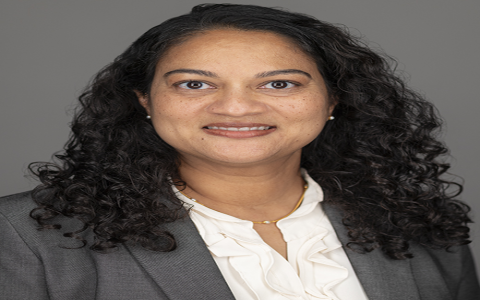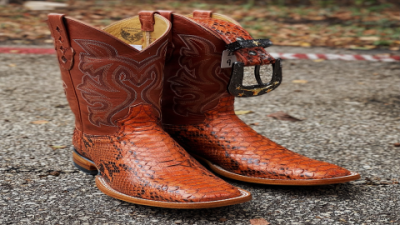Introduction
In the turbulent years following the American Civil War, few figures shone brighter in Mississippi’s educational landscape than Sarah Ann Dickey. Born in rural Ohio in 1838, Dickey would go on to found the Mount Hermon Female Seminary in 1875, opening doors of opportunity for hundreds of African-American women. Through unwavering faith, fierce advocacy, and innovative educational models, she reshaped both mindset and society in the Deep South. This article explores her life, methods, real-world impacts, and enduring legacy.
Early Life and Calling
- Birth and Childhood: Born April 25, 1838, near Dayton, Ohio, Sarah lost her mother at age and lived with an aunt thereafter.
- Late Start in Education: No formal schooling until 16; earned a teacher’s certificate by age 19.
- Spiritual Foundation: Joined the Evangelical United Brethren Church in 1858, which later commissioned her for missionary teaching during the Civil War.
Mission in Vicksburg (1863–1865)
After Vicksburg’s fall in July 1863, Dickey taught freedmen and their children under harsh conditions:
- Operated makeshift classrooms; attendance sometimes irregular but more than learners—mostly adults—gained literacy.
- Supported church-run marriage ceremonies for formerly enslaved couples, hand-writing thousands of certificates.
- Witnessed the resilience and eagerness of newly freed communities, cementing her vocation.
Mount Holyoke and Return South
- Mount Holyoke College (1866–1869): Immersed in rigorous academics and “work-study” discipline, graduating with honors.
- American Missionary Association: Taught in Raymond and then in Clinton public schools (1869–1874), honing pedagogy and community ties.
Founding Mount Hermon Female Seminary
Determined to replicate Mount Holyoke’s success, Dickey:

- Secured a charter in 1873; opening delayed by a violent riot that claimed dozens of Black lives in September 1875.
- Organized a biracial board under Walter Hillman’s leadership, alongside local Black leaders—balancing fundraising, governance, and safety.
- Opened the Seminary in late on a 160-acre campus, modeling co-living, shared chores, and rigorous academics.
Seminary Model & Curriculum
| Component | Description |
|---|---|
| Work-Study System | Students shared cooking, cleaning, and farm duties to offset tuition and build character. |
| Primary Course | Preparatory classes in literacy and arithmetic for underprepared entrants. |
| Normal Course | Three- to four-year teacher training, producing certified instructors for Black schools statewide. |
| Boarding & Day Students | Initially boarding only; later included local day scholars, fostering community integration. |
Community Impact & “Dickeyville”
Beyond classrooms, Dickey’s vision spurred local development:
- Land Sales: Sold acres in one-acre plots to fathers of day students—financing land ownership and building homes.
- Dickeyville: This settlement emerged north of the railroad in Clinton, remaining a predominantly African-American neighborhood today.
- Advocacy: Intervened with political leaders when her students faced racial abuse—leading to removal of an offending postmaster.
Real-World Case Studies
- Teacher Mary Jackson (Class of 1885): Went on to lead a public school in Jackson, promoting women’s literacy and civic engagement.
- Dorothy Harris (Boarding Student): After seminary, became one of Mississippi’s first Black nurses, combining health and education.
- Dickey’s Fundraising Tours: Regular trips to Northern churches raised thousands of dollars, sustaining scholarships and new buildings.
Challenges & Perseverance
- Faced Klan threats, local riots, and Reconstruction backlash—yet maintained a biracial board for governance.
- Balanced roles as educator, administrator, chaplain (ordained 1896), and caretaker for orphans left in her care.
- Never married; devoted years to Mississippi’s freedpeople until her death on January 23, 1904.
Legacy & Closure of Seminary
- Over graduates earned teaching certificates, seeding Black education across Mississippi.
- Seminary merged into Tougaloo College in 1924; campus now hosts Sumner Hill Junior High School.
- Historical marker placed in Clinton in 2016, honoring Dickey’s indomitable spirit.
Frequently Asked Questions
- Why did Sarah Dickey focus on educating women?
She believed that teaching African-American women would create dual paths of security and opportunity, as they in turn educated future generations. - How was Mount Hermon Seminary funded?
Through a combination of student work-study, land sales, and Northern fundraising tours led by Dickey and supporters. - What made the Seminary’s model unique?
Its integration of rigorous academics with household and farm labor mirrored Mount Holyoke’s work-study ethos, fostering self-sufficiency and community bonds. - Did Dickey face violence or threats?
Yes. A deadly riot in delayed the Seminary’s opening, and Klan intimidation was a constant risk. - What remains of Dickey’s legacy today?
Besides the historical marker, her influence endures in Dickeyville and among descendants of her graduates who transformed Mississippi’s schools.
Conclusion
Sarah Dickey’s story is one of unyielding faith, fierce advocacy, and strategic innovation. By educating freedwomen in Mississippi, she did more than teach literacy—she ignited a generational flame of empowerment and community resilience. Her methods of work-study, land partnership, and biracial governance offer lessons for modern educators and activists alike.
Reflect & Discuss
What lessons from Sarah Dickey’s work in Mississippi resonate with challenges in today’s educational landscape? Share your thoughts below.



